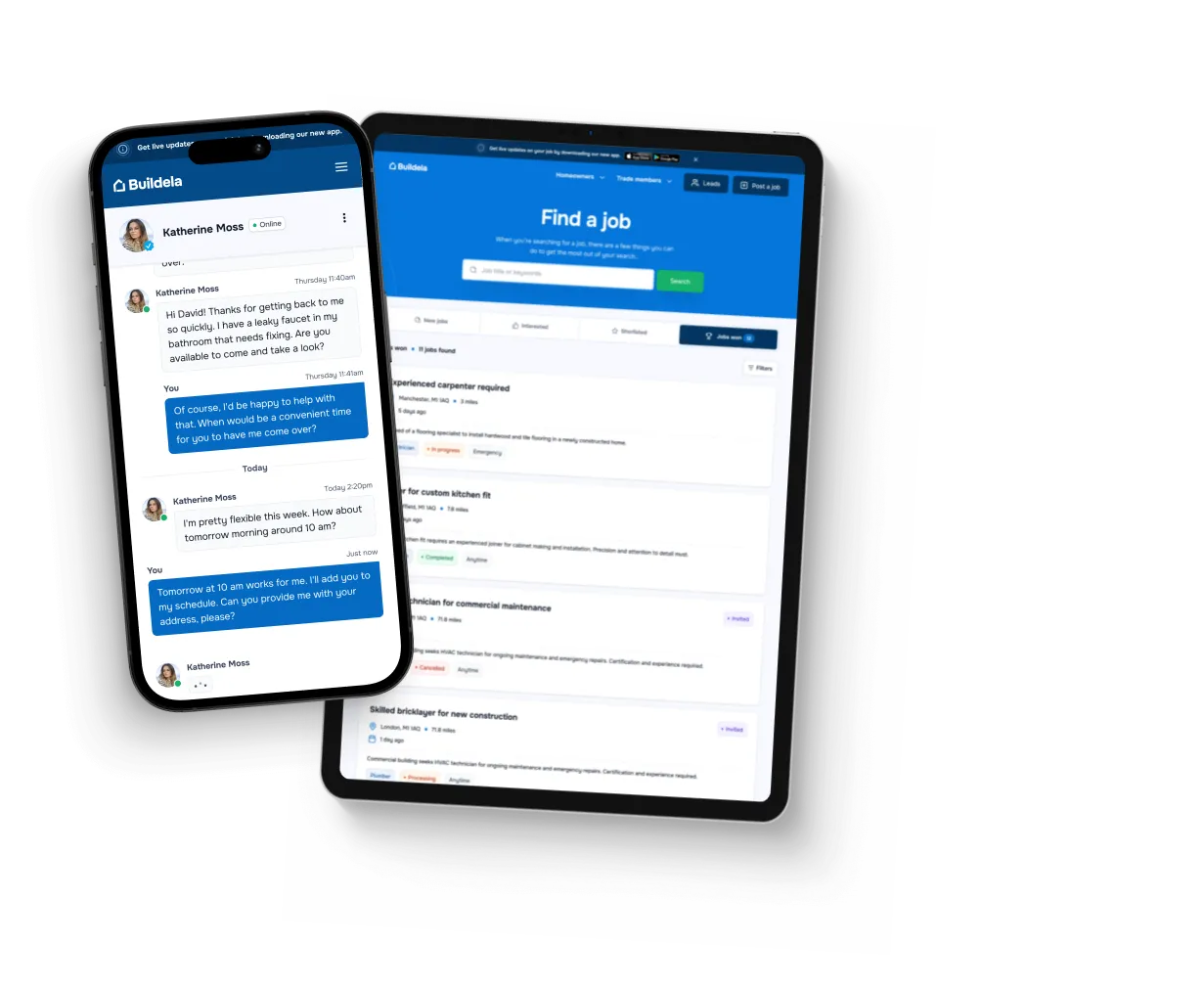
Effective Client Relationship Management for Architects: Building Trust and Loyalty
Communication is Key
Effective communication is the bedrock upon which successful client-architect relationships are built. From the initial consultation to project completion, maintaining open and transparent communication channels is not just important but crucial. Here are some key communication practices to consider:
a. Active Listening: Take the time to listen attentively to your clients" needs, concerns, and preferences. This not only demonstrates respect but also helps you gain a deeper understanding of their vision, making them feel heard and valued.
b. Regular Updates: Keep clients informed about the progress of their project. Provide not just regular but timely updates on project milestones, timelines, and any potential issues that may arise. This proactive approach assures clients that their project is progressing smoothly.
c. Clarity in Documentation: Ensure that contracts, proposals, and architectural drawings are not just clear but also easily understandable by your clients. This not only avoids misunderstandings and disputes later on but also shows your commitment to transparency and professionalism.
Understand Your Clients" Goals
To truly build trust and loyalty, it"s essential to align your design vision with your client"s goals and aspirations. Spend time getting to know your clients on a personal level and understand their motivations for the project. Ask probing questions about their lifestyle, preferences, and long-term objectives to create a design that truly reflects their unique needs and desires.
Set Realistic Expectations
Setting clear and realistic expectations right from the beginning is crucial to avoid disappointments later on. Be honest about the project"s scope, budget, and potential challenges. Clients appreciate architects who are upfront about what can and cannot be achieved within their constraints. This transparency not only fosters trust but also allows for better decision-making throughout the project.
Collaboration and Involvement
Encourage client involvement throughout the design and construction process. Invite them to participate in design meetings, site visits, and decision-making processes. This collaborative approach not only empowers clients but also fosters a sense of ownership in the project, transforming them from mere clients into active partners in the creative journey.
Deliver Exceptional Service
Providing exceptional service goes beyond designing a beautiful building; it involves the entire client experience. Consider these elements:
a. Responsiveness: Be not just prompt but consistently prompt in responding to client inquiries and concerns. A timely response shows that you value their time and trust.
b. Attention to Detail: Pay attention to the finer details of your work. Quality craftsmanship and meticulous attention to detail can set you apart from competitors and showcase your commitment to excellence.
c. Problem Solving: When challenges inevitably arise, approach them as opportunities to showcase your problem-solving skills. Clients will appreciate your ability to find creative solutions to unforeseen issues, turning potential setbacks into triumphs.
Manage Expectations During Construction
During the construction phase, clients may experience stress and uncertainties. Keep them informed about the progress and any unexpected issues that may arise. Address their concerns promptly and professionally, reassuring them that you are committed to delivering a successful project. This period is a test of your project management and communication skills and can greatly influence the overall client experience.
Post-Project Follow-Up
Your relationship with clients doesn"t end when the project is completed. Follow up with your clients to ensure their satisfaction with the final result. Consider offering maintenance and warranty services, if applicable, to demonstrate your commitment to their long-term satisfaction. This post-project care not only solidifies trust but can also lead to valuable referrals and future collaboration.
Conclusion
Effective client relationship management is not just a good practice; it"s essential for architects to build trust and loyalty with their clients. By practicing clear communication, understanding client goals, setting realistic expectations, and delivering exceptional service, architects can create lasting partnerships that lead to repeat business and referrals. Remember that a successful client relationship is built on trust, transparency, and a shared commitment to realizing your clients" dreams. In the world of architecture, where every structure tells a story, let your projects speak not just of your design prowess but also of your unwavering dedication to your clients" vision and satisfaction.











